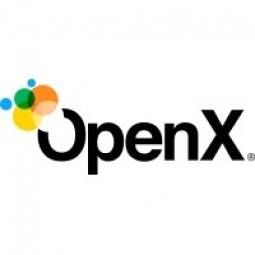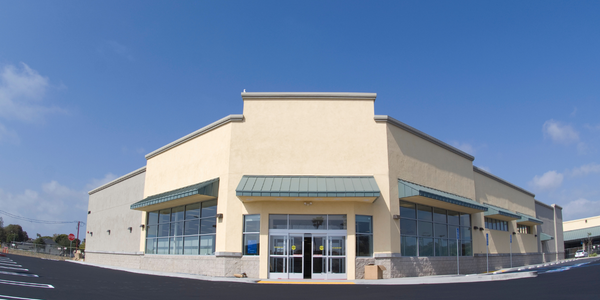Customer Company Size
Large Corporate
Country
- United States
Product
- UA Record
- MapMyRun
- Endomondo
- MyFitnessPal
Tech Stack
- OpenX Ad Exchange
- OpenX BrandTags
- iOS
- Android
Implementation Scale
- Enterprise-wide Deployment
Impact Metrics
- Revenue Growth
Technology Category
- Platform as a Service (PaaS) - Connectivity Platforms
Applicable Industries
- Apparel
Applicable Functions
- Sales & Marketing
Use Cases
- Fleet Management
Services
- Software Design & Engineering Services
- System Integration
About The Customer
Under Armour Connected Fitness (UACF) is a division of Under Armour that focuses on health and fitness apps. They have a suite of apps available for iOS and Android, including UA Record, MapMyRun, Endomondo and MyFitnessPal. These apps offer comprehensive tools to track health across five main areas: activity, nutrition, fitness, and sleep. With a community of 160 million registered users, their platform is unrivalled in the fitness app industry. They began working with OpenX in November 2015 in support of their MyFitnessPal Android app.
The Challenge
Under Armour Connected Fitness (UACF) has a suite of health and fitness apps available for iOS and Android, including UA Record, MapMyRun, Endomondo and MyFitnessPal. These apps offer comprehensive tools to track health across five main areas: activity, nutrition, fitness, and sleep. With a community of 160 million registered users, UACF was looking for a way to maximize their revenue from these apps. They began working with OpenX in November 2015 in support of their MyFitnessPal Android app. OpenX was promoted to the top tier of MyFitnessPal’s demand stack in January 2016 due to its strong performance.
The Solution
OpenX provided a team of dedicated yield specialists to work directly with Under Armour Connected Fitness to maximize their revenue via the OpenX Ad Exchange. Their technical support teams provided 24/7 guidance to help deploy the easy to implement OpenX BrandTags, their mobile optimized JS Tags, and answer questions throughout the onboarding stage and thereafter. It took less than three days to get MyFitnessPal up and running. As a result of such strong performance, UACF expanded their relationship with OpenX to include their entire app portfolio across both Android and iOS. MapMyFitness was added at the end of January, with the remaining apps scheduled to follow soon.
Operational Impact

Case Study missing?
Start adding your own!
Register with your work email and create a new case study profile for your business.
Related Case Studies.
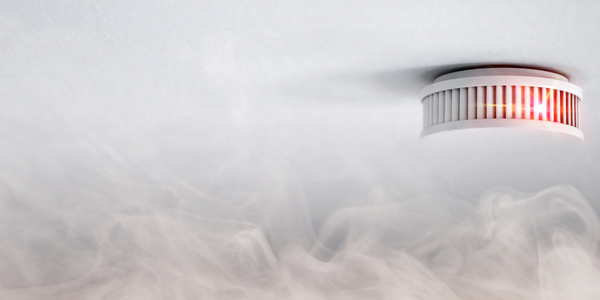
Case Study
Fire Alarm System and Remote Monitoring Sytem
Fire alarm systems are essential in providing an early warning in the event of fire. They help to save lives and protect property whilst also fulfilling the needs of insurance companies and government departments.Fire alarm systems typically consist of several inter-linked components, such as smoke detectors, heat detector, carbon monoxide, manual call points, sounders, alarm and buzzer. The fire alarm system should give immediate information in order to prevent the fire spread and protect live and property.To get maximum protection a shoe manufacturer in Indonesia opted for a new fire alarm system to monitor 13 production sites spread over 160 hectars. Although the company had an existing fire alarm system, it could not be monitored remotely.It was essential that the new system would be able to be monitored from a central control room. It needed to be able to connect to the existing smoke detector and manual call point. Information should be easily collected and passed on to the Supervisory Control and Data Acquisition (SCADA) system. Furthermore, the system should have several features such as alarm management, auto reporting, being connected to many client computers without additional cost, and run 24/7 without fails. The company also needed a system which could be implemented without changing the architecture of the existing fire alarm system.
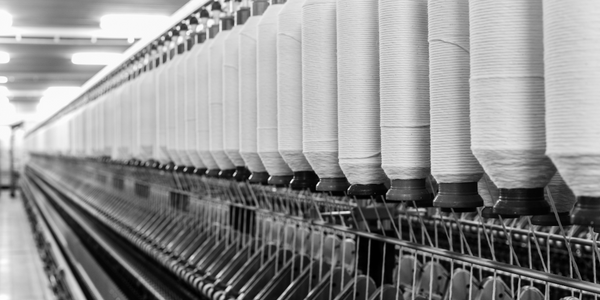
Case Study
IoT Applications and Upgrades in Textile Plant
At any given time, the textile company’s manufacturing facility has up to 2,000 textile carts in use. These carts are pushed from room to room, carrying materials or semi-finished products. Previously, a paper with a hand-written description was attached to each cart. This traditional method of processing made product tracking extremely difficult. Additionally, making sure that every cart of materials or semi-finished products went to its correct processing work station was also a problem. Therefore, the company desired an intelligent solution for tracking assets at their factories. They also wanted a solution that would help them collect process data so they could improve their manufacturing efficiency.
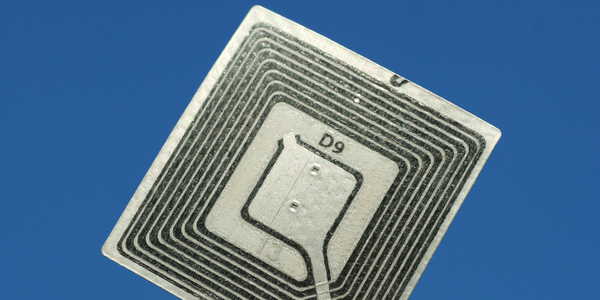
Case Study
Retailer Uses RFID Scanner to Improve Efficiency
Patrizia Pepe wished to improve the logistics of their warehouse: accepting incoming goods from their production sites, movement of items throughout
the warehouse, and packaging of goods for distribution to the retail locations. They initially tried to use barcodes for this function. Because barcodes must be individually scanned within a line-of-sight, the acceptance of goods coming into the warehouse was too time consuming. Working with the University of Florence, Patrizia Pepe instituted a five-month pilot project beginning in August of 2009 to test the validity of an RFID solution. The pilot involved tagging of about 60,000 items for the second seasonal collection, and convinced the company to move forward with tagging all items.
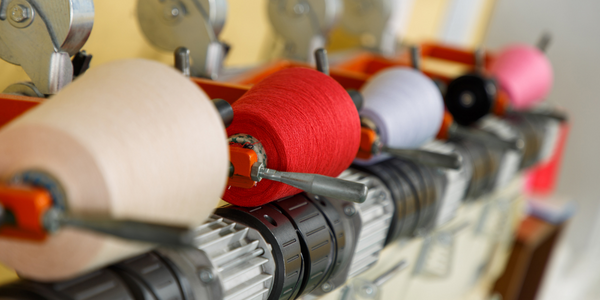
Case Study
Monitoring and Controlling Automatic Mixing and Dispensing Machines
As technology advances, textile manufacturing has been transformed from a labor-intensive to a partially or fully automated industry. Automation is significant in all segments of textile production - from spinning to printing, and textile machinery manufacturers are constantly searching for new technologies and automation processes will increase the productivity of their machines. The color paste mixing and dispensing machine is an essential part of the printing and dyeing process. With the advantage of automatically computerized controls and database management, the system can significantly improve its dispensing precision, working efficiency and production quality as well as reducing material consumption.




